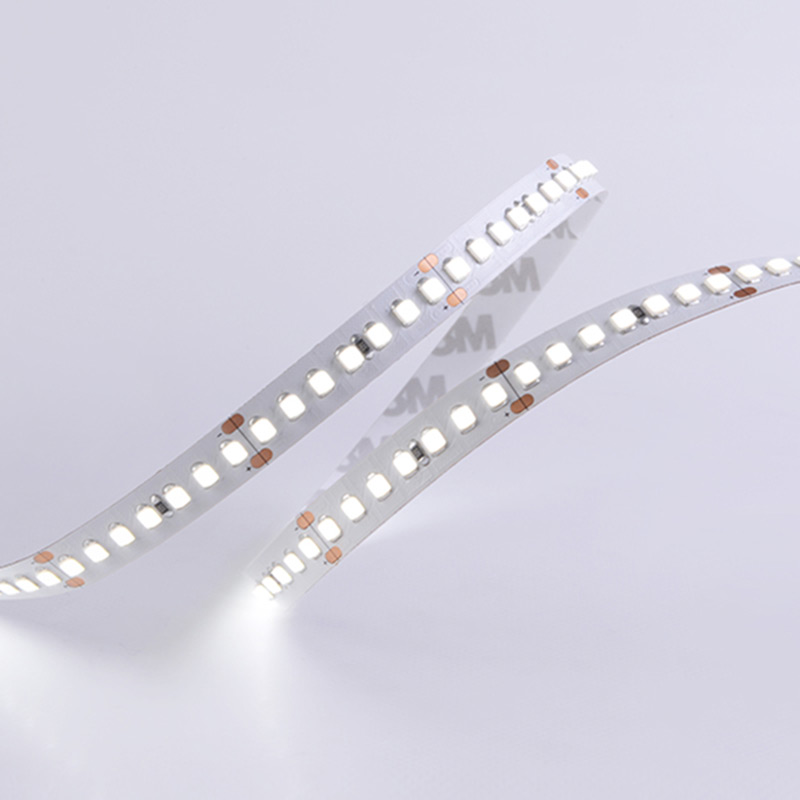
-
 Afrikaans
Afrikaans -
 Albanian
Albanian -
 Amharic
Amharic -
 Arabic
Arabic -
 Armenian
Armenian -
 Azerbaijani
Azerbaijani -
 Basque
Basque -
 Belarusian
Belarusian -
 Bengali
Bengali -
 Bosnian
Bosnian -
 Bulgarian
Bulgarian -
 Catalan
Catalan -
 Cebuano
Cebuano -
 Corsican
Corsican -
 Croatian
Croatian -
 Czech
Czech -
 Danish
Danish -
 Dutch
Dutch -
 English
English -
 Esperanto
Esperanto -
 Estonian
Estonian -
 Finnish
Finnish -
 French
French -
 Frisian
Frisian -
 Galician
Galician -
 Georgian
Georgian -
 German
German -
 Greek
Greek -
 Gujarati
Gujarati -
 Haitian Creole
Haitian Creole -
 hausa
hausa -
 hawaiian
hawaiian -
 Hebrew
Hebrew -
 Hindi
Hindi -
 Miao
Miao -
 Hungarian
Hungarian -
 Icelandic
Icelandic -
 igbo
igbo -
 Indonesian
Indonesian -
 irish
irish -
 Italian
Italian -
 Japanese
Japanese -
 Javanese
Javanese -
 Kannada
Kannada -
 kazakh
kazakh -
 Khmer
Khmer -
 Rwandese
Rwandese -
 Korean
Korean -
 Kurdish
Kurdish -
 Kyrgyz
Kyrgyz -
 Lao
Lao -
 Latin
Latin -
 Latvian
Latvian -
 Lithuanian
Lithuanian -
 Luxembourgish
Luxembourgish -
 Macedonian
Macedonian -
 Malgashi
Malgashi -
 Malay
Malay -
 Malayalam
Malayalam -
 Maltese
Maltese -
 Maori
Maori -
 Marathi
Marathi -
 Mongolian
Mongolian -
 Myanmar
Myanmar -
 Nepali
Nepali -
 Norwegian
Norwegian -
 Norwegian
Norwegian -
 Occitan
Occitan -
 Pashto
Pashto -
 Persian
Persian -
 Polish
Polish -
 Portuguese
Portuguese -
 Punjabi
Punjabi -
 Romanian
Romanian -
 Russian
Russian -
 Samoan
Samoan -
 Scottish Gaelic
Scottish Gaelic -
 Serbian
Serbian -
 Sesotho
Sesotho -
 Shona
Shona -
 Sindhi
Sindhi -
 Sinhala
Sinhala -
 Slovak
Slovak -
 Slovenian
Slovenian -
 Somali
Somali -
 Spanish
Spanish -
 Sundanese
Sundanese -
 Swahili
Swahili -
 Swedish
Swedish -
 Tagalog
Tagalog -
 Tajik
Tajik -
 Tamil
Tamil -
 Tatar
Tatar -
 Telugu
Telugu -
 Thai
Thai -
 Turkish
Turkish -
 Turkmen
Turkmen -
 Ukrainian
Ukrainian -
 Urdu
Urdu -
 Uighur
Uighur -
 Uzbek
Uzbek -
 Vietnamese
Vietnamese -
 Welsh
Welsh -
 Bantu
Bantu -
 Yiddish
Yiddish -
 Yoruba
Yoruba -
 Zulu
Zulu
how to switch drum brakes to disk brakes
How to Switch from Drum Brakes to Disc Brakes
Upgrading your vehicle’s braking system from drum brakes to disc brakes can significantly enhance braking performance and safety. This transition requires careful planning and mechanical proficiency. Here’s a step-by-step guide to help you make the switch.
1. Understanding the Benefits Before diving into the process, it's essential to understand why disc brakes are often preferred over drum brakes. Disc brakes generally offer better stopping power, improved heat dissipation, and less brake fade. They are also easier to inspect and maintain. These advantages make disc brakes a popular choice for both performance and safety.
2. Gather the Necessary Materials To convert your vehicle, you’ll need specific parts including - Disc brake rotors - Calipers and brake pads - Mounting brackets - Hoses and brake lines - New master cylinder (if necessary) - Tools such as wrenches, sockets, and a hydraulic jack
Make sure you acquire parts that are compatible with your vehicle’s make and model.
3. Prepare Your Vehicle Before starting the conversion, ensure your vehicle is on a flat surface. Use a hydraulic jack to lift the vehicle, and secure it with jack stands. Remove the wheels to gain access to the existing drum brakes.
4. Remove Drum Brakes To remove the drum brakes, detach the brake lines, and unbolt the backing plate that holds the drum in place. Carefully slide off the drum, exposing the shoes and hardware. Remember to take pictures during this process to help with reassembly.
how to switch drum brakes to disk brakes

5. Install the Discs Begin by installing the new mounting brackets for the disc brake calipers. Once the brackets are secured, position the new rotors in place. Ensure that they are correctly aligned and free of any debris.
6. Attach Calipers and Brake Pads Next, attach the calipers to the new brackets. It’s critical to install new brake pads into the calipers, following the manufacturer’s instructions. Ensure they are secured properly to avoid any issues during braking.
7. Replace or Upgrade Brake Lines Inspect the existing brake lines thoroughly. If they are compromised or not compatible with the new system, replace them with new high-performance hoses. Make sure the connections are tight to avoid leaks.
8. Refill and Bleed the Brakes Once everything is installed, refill the brake fluid reservoir with new fluid and bleed the brakes to eliminate air in the lines. This step is crucial for ensuring optimal braking performance.
9. Test Your Work After completing the installation, securely reattach the wheels and lower the vehicle. Before hitting the road, test the brakes at low speeds in a safe area to ensure they are functioning correctly.
In conclusion, switching from drum to disc brakes can significantly enhance your vehicle’s braking efficiency and safety. While the process requires some mechanical skill and patience, the rewards of improved stopping power and performance are well worth the effort. Always consult a professional if you feel uncertain about any part of the installation.
-
What Are Drum BrakesNewsJul.07,2025
-
Understanding Brake Drum MaterialNewsJul.07,2025
-
Semi-Trailer Brake Drum: A Key Component for Extreme Loads and Long-Distance TransportNewsJul.07,2025
-
Drum Brake Pads for SaleNewsJul.07,2025
-
Brake Drums for SaleNewsJul.07,2025
-
Brake Drum ManufacturerNewsJul.07,2025
-
Aluminum Brake Drums: The Future of High-Performance CarsNewsJul.07,2025
